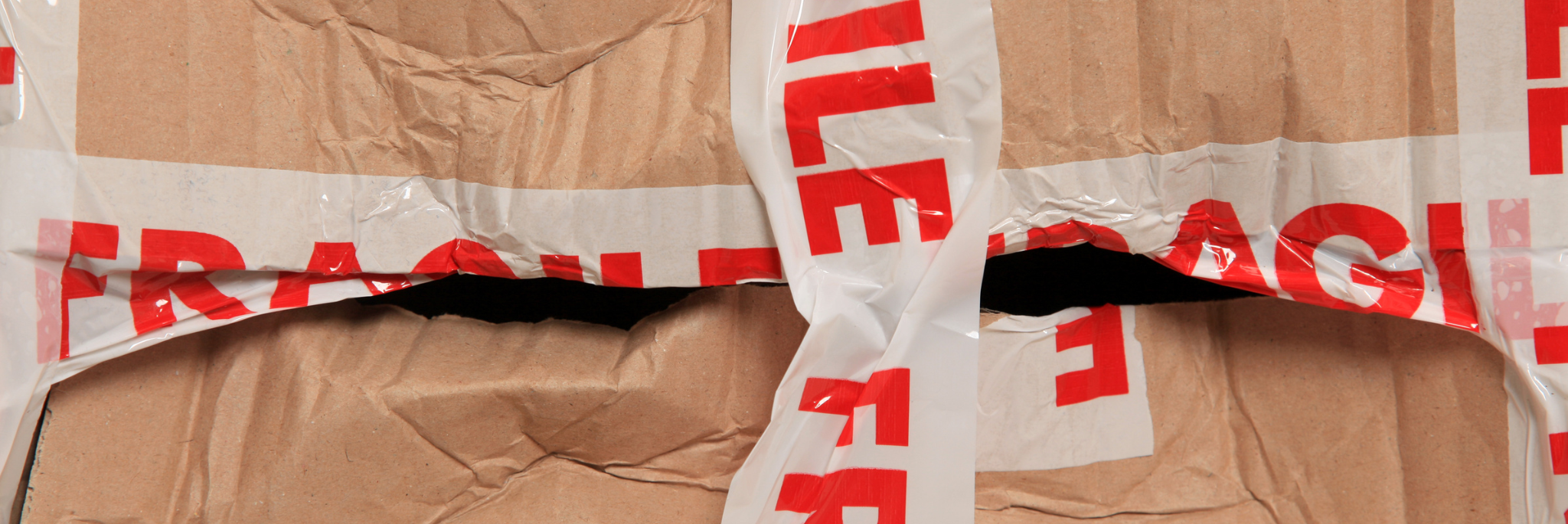Strategies to Minimise Parcel Damages: A Comprehensive Guide
Parcel damages during transit can be a frustrating and costly challenge for businesses and individuals alike. In weighing up your challenge, ensure you consider the cost of reputation when your customers receive damaged items.
Fragile items, valuable goods, and everyday shipments can suffer from mishandling and inadequate packaging. To address these concerns, it's essential to adopt effective strategies that prioritise the safety of your parcels.
In this comprehensive guide, we will explore key measures to reduce parcel damages, covering aspects such as packaging techniques, proper labelling, and additional tips for a secure shipping process.
Packaging Excellence:
One of the primary factors influencing parcel safety is the quality of packaging. Here are some key considerations:
High-Quality Materials
Invest in sturdy boxes, strong tape, and appropriate cushioning materials. Choosing quality over cost savings is crucial to protect your items effectively. Packaging is often specified to be only just good enough. This leaves very little margin for quality changes in materials that could be within manufacturing tolerances. Ensure you stress test the package with your packaging vendor.
Right Size Box
Select a box that is appropriately sized for the contents. A box that is too large may allow items to shift, while a box that is too small can lead to compression.
Find a balance that ensures a snug fit while leaving room for proper cushioning. For high volume dispatches with varying size boxes required, it is strongly recommended to use a ‘right size box’ system that makes boxes to the optimum size for your goods.
Fill Void Spaces
Utilise void fill materials, such as bubble wrap, air cushions, paper or loose fill chips (sometimes known as packing peanuts), to eliminate empty spaces within the box. This prevents items from moving during transit and provides an additional layer of protection.
Double-Boxing for Fragile Items
Consider double-boxing for particularly delicate or valuable items. Place the original box inside a larger one, with ample cushioning between the two. This extra layer adds a significant buffer against potential impacts.
Labelling Practices:
Proper labelling is a crucial aspect of reducing parcel damages. Clear and accurate labels help carriers handle packages appropriately:
Clear and Accurate Labels
Ensure that your parcels are labelled with accurate recipient and return addresses. If an item is fragile, mark the box prominently as such. Clear labels reduce the risk of mishandling during the shipping process.
Specific Handling Instructions
Depending on the nature of the items, consider including specific handling instructions such as "fragile," "this side up," or "keep dry." These instructions guide carriers on how to handle your parcels, minimizing the risk of damage.
Additional Tips:
Staff Training
Train your staff on proper packing techniques. Ensure they understand the importance of using quality materials and correct procedures to reduce the risk of damages.
Reliable Carrier Partnerships
Choose a carrier with a reputation for careful handling of packages. Research carriers thoroughly and select one that aligns with your commitment to safe and secure shipments.
Monitor and Adapt
Keep a close eye on any recurring damage issues and be proactive in adjusting your packaging or shipping methods accordingly. Regular monitoring allows you to identify and address potential problems promptly.
In-House Testing
Conduct in-house testing by simulating the shipping process. Subject packed boxes to controlled drops or shakes to identify any weak points in your packaging. Use this information to reinforce those areas and improve overall parcel safety.
Networking
Network with other companies in the industry and your vendors. Ask them what the industry standard is for damages. Measure this against your own stats.
Packaging Supplier
When working with your packaging vendor, ensure you pack the perfect parcel and ship it using your preferred courier to a supplier, customer, or colleague.
Reducing parcel damages requires a lot of approach that encompasses thoughtful packaging, clear labelling, and continuous improvement. By implementing these strategies, businesses and individuals can significantly enhance the safety of their shipments, ensuring that items arrive at their destination in the best condition.
.png?width=2048&height=685&ext=.png)